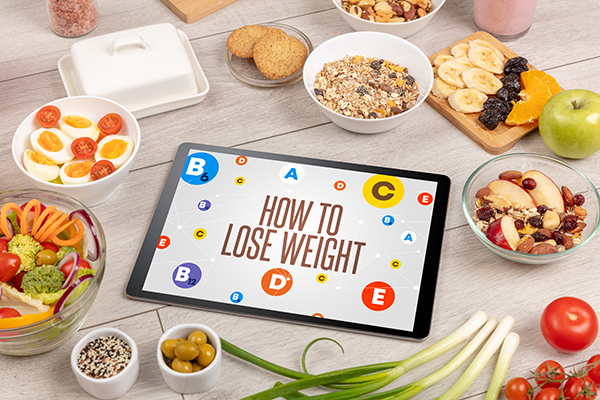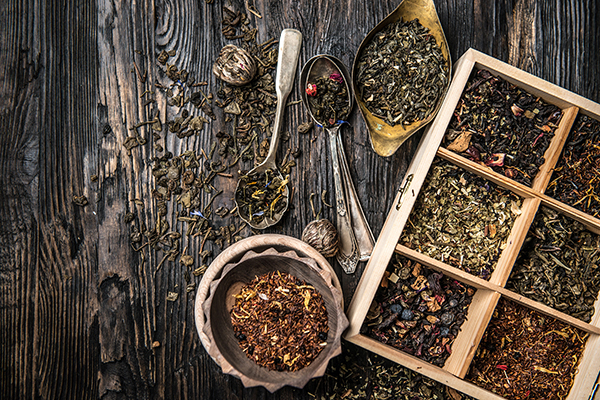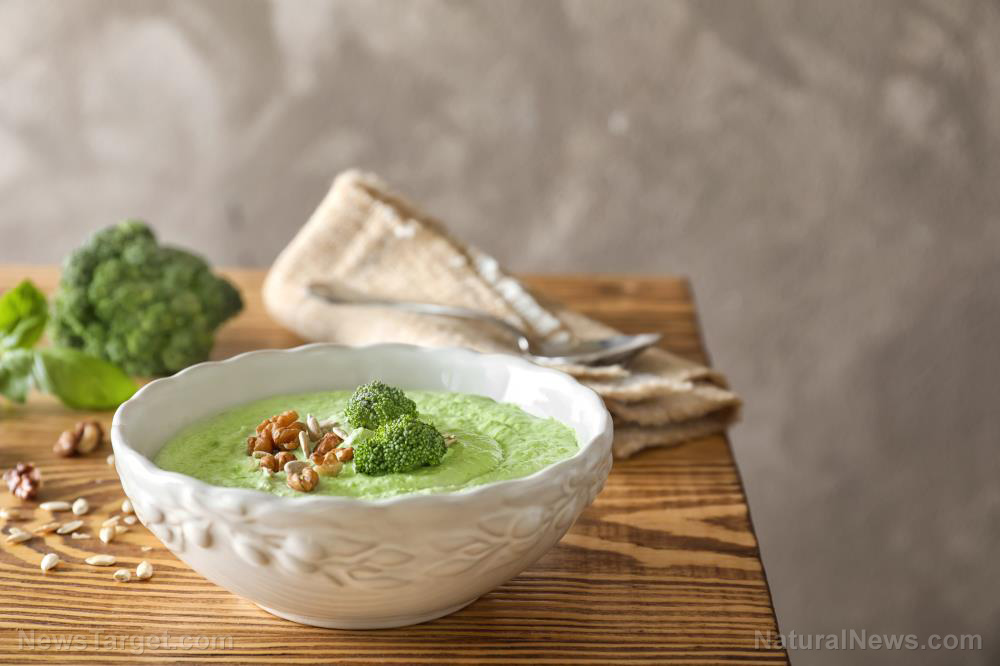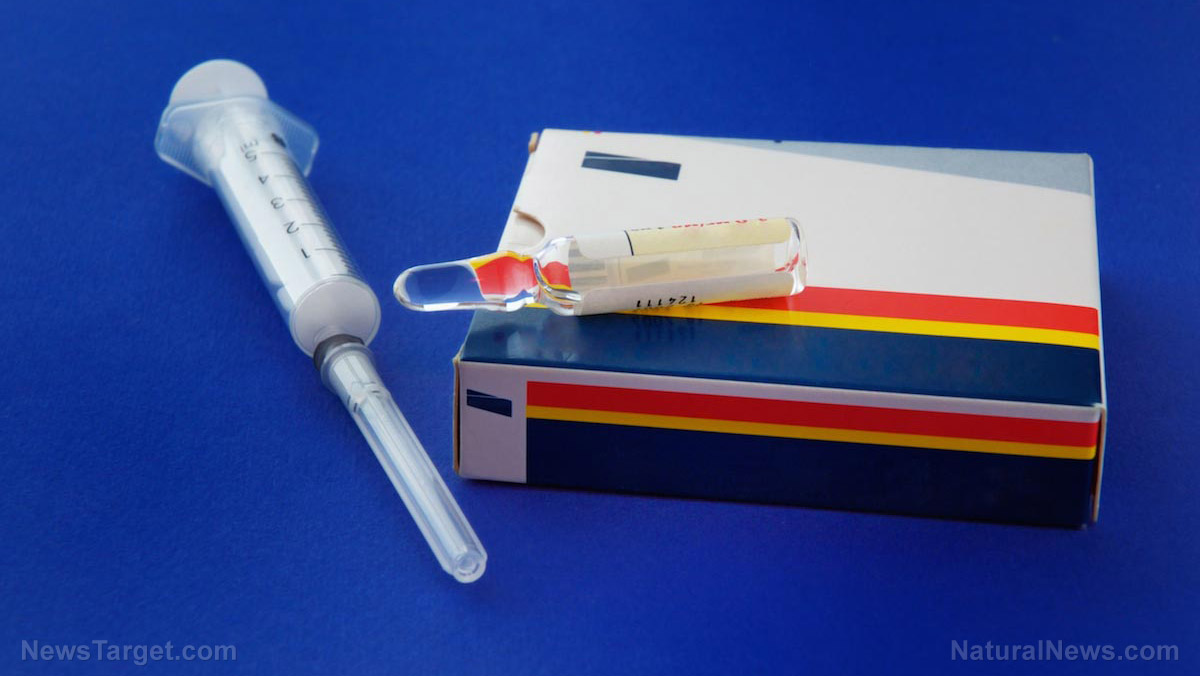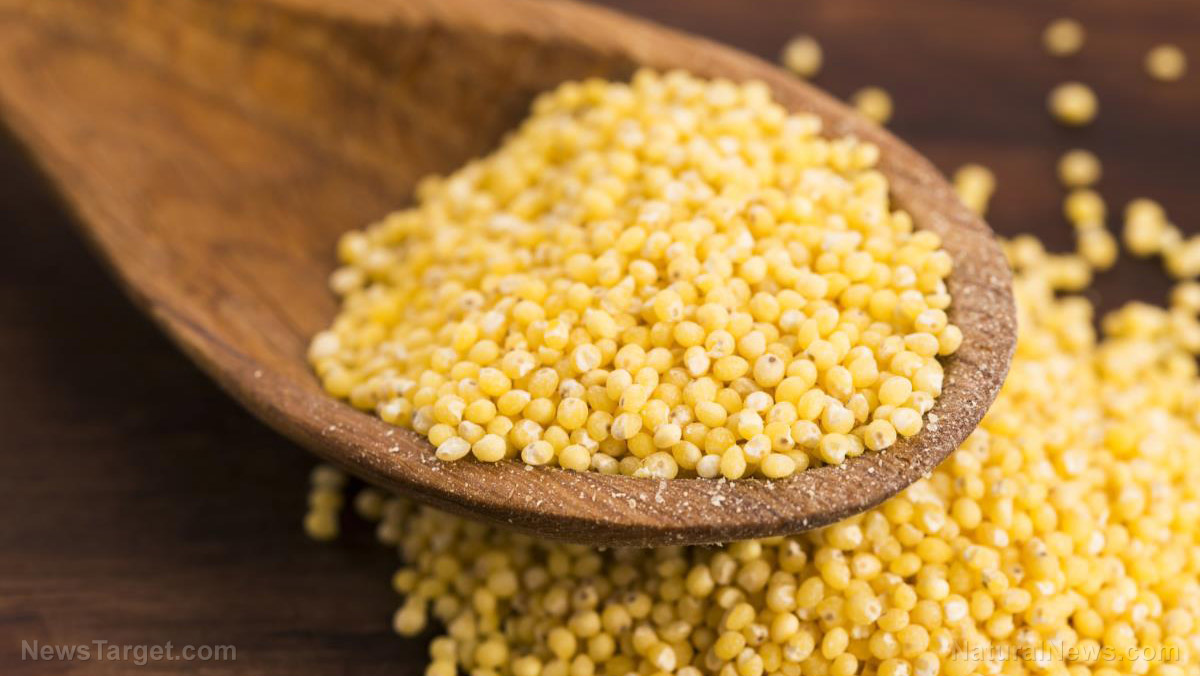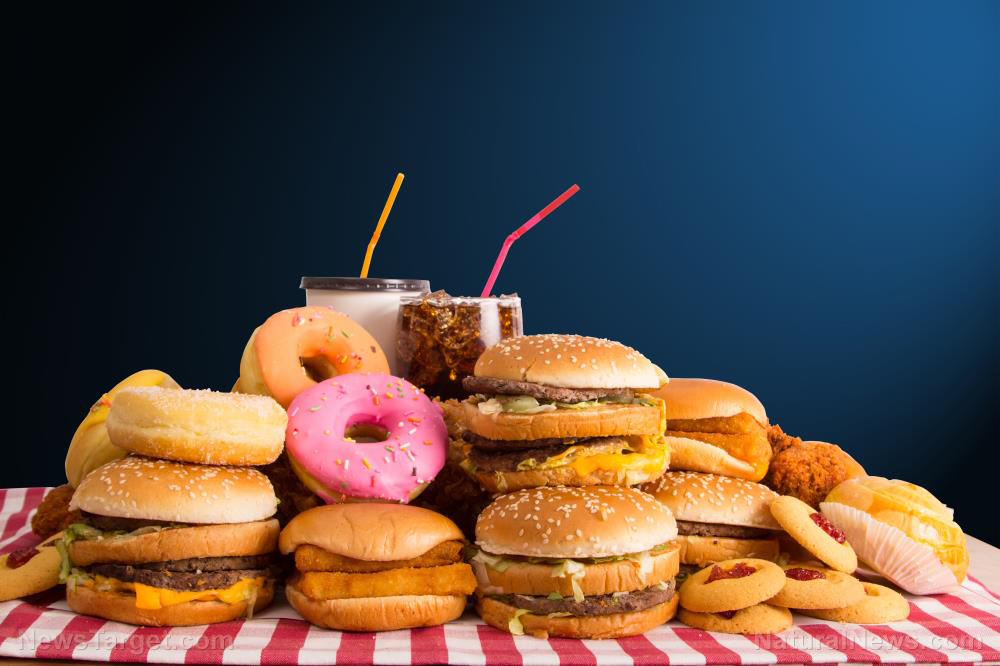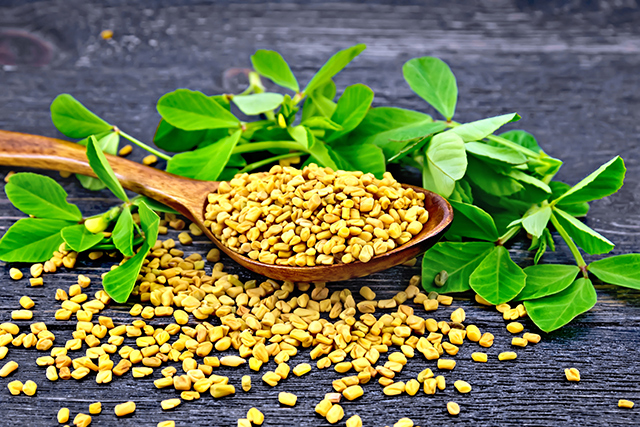Natural sweeteners: Healthy alternatives to sugar and artificial sweeteners
12/20/2022 / By Olivia Cook
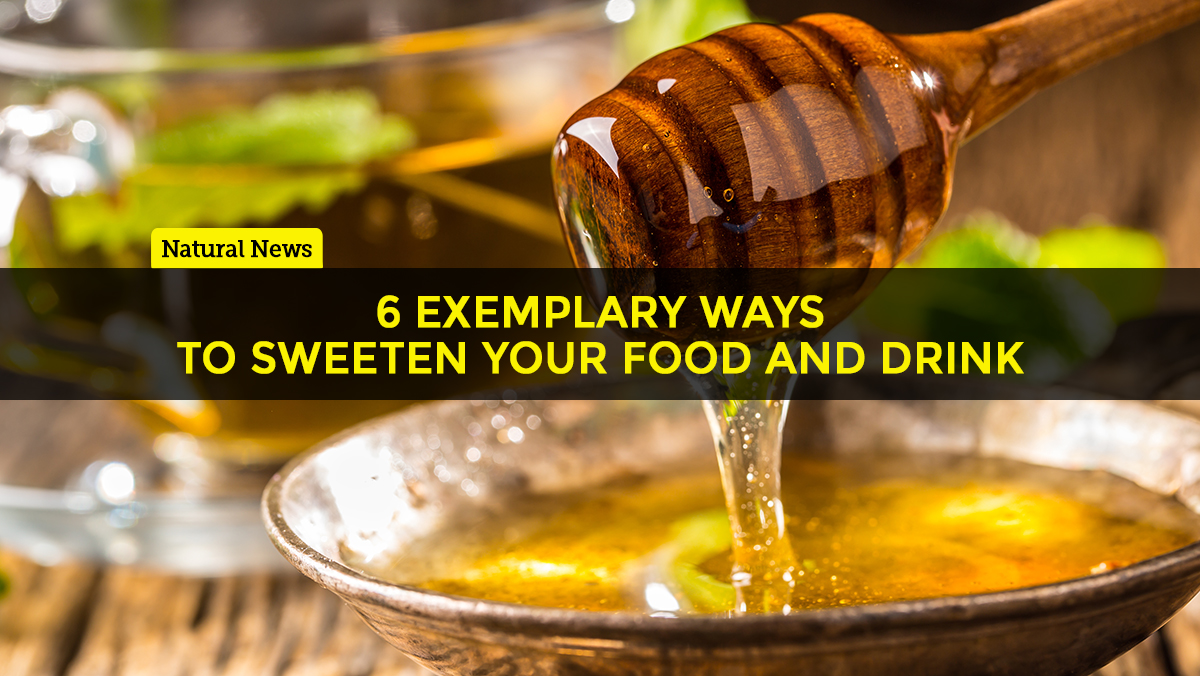
Knowing the difference between natural and artificial sweeteners is important because artificial sweeteners like aspartame can cause serious health problems, including breast cancer and obesity-related cancers, according to a study published in the journal PLOS Medicine.
Here are five natural sweeteners that are healthier alternatives to refined sugar and artificial sweeteners:
Stevia
Stevia leaves are used commercially as a substitute for sugar. Among natural sweeteners, stevia is one of the most common. It is widely known as the “darling of zero-calorie sugar substitutes.”
The use of stevia in baked products is suitable because it maintains its stability throughout the baking process and can be heated up to 200 degrees Centigrade (392 degrees Fahrenheit).
A study published in the journal Foods and Raw Materials concluded that diterpene glycosides obtained from Stevia rebaudiana can be used to sweeten various foods and beverages without an increase in calories. Low-calorie, stevia-incorporated products are rich in antioxidants, amino acids and certain vitamins.
Apart from sweet contents, the other constituents of stevia leaves provide various health benefits. They can be antihyperglycemic, antidiabetic, anticancer, hepatoprotective, antihypertensive, antiulcer and antimicrobial.
Stevia caught on slowly due to initially having a bitter aftertaste. Manufacturers of stevia products have started using the sweeter parts of the stevia plant to reduce the bitterness, making it more palatable. (Related: Six easy ways to sweeten food without using refined sugar or artificial sweeteners.)
Palm sugar
Palm sugar is a nutrient-rich, low-glycemic crystalline sweetener that looks, tastes, dissolves and melts almost exactly like sugar – but completely natural and unrefined. It has a far superior taste, resembling that of brown sugar, yet with more rounded caramel and butterscotch notes and without the metallic ending flavor that brown sugar has.
It is acquired from the flowers growing high on coconut trees, which are opened to collect their liquid flower nectar. This nectar is then air-dried to form a crystalline sugar that’s naturally brown in color and naturally rich in a number of key vitamins, minerals and phytonutrients, including B-vitamins thiamin, riboflavin and pyridoxine, iron, potassium and zinc.
Palm sugar is never refined or bleached like white sugar, which is rare for sweeteners.
It must be noted that palm sugar is not a calorie-free sweetener. However, its calories are absorbed into the bloodstream at a significantly slower rate than regular refined sugar due to its relatively low glycemic index. This property should be of interest to people who are monitoring their blood sugar levels and attempting to avoid blood sugar spikes.
Manuka honey
Known for its unique sweet taste, manuka honey is a perfect alternative to refined sugar.
Aside from being delicious, a study published in the journal Pharmacognosy Research found that this natural sweetener from Australia and New Zealand is brimming with methylglyoxal (a compound responsible for potent bacteria-killing properties) and glucose oxidase (a chemical that helps fight infections and promote healing).
You can spread manuka honey on toast or biscuits, add it to tea or smoothie as a natural sweetener or use it as medicine.
Xylitol
This sugar alcohol – the sweetest of all polyols – naturally occurs in fruits, vegetables and mushrooms (cauliflower, plums, pumpkin and strawberries). It is commonly used as sugar-free sweeteners in products, such as beverages, candies and chewing gum.
Polyols or sugar alcohols represent attractive alternatives to sucrose because they provide fewer calories per gram, do not promote tooth decay and are not associated with an elevated blood glucose response, according to a study published in the journal Advances in Nutrition.
Studies published in the journals Nutrients and Applied Microbiology and Biotechnology have found that the health benefits of xylitol are not limited to dental health. This natural sweetener can efficiently stimulate the immune system, digestion and lipid and bone metabolism.
Moreover, xylitol helps in glycemic and obesity control, reduces ear and respiratory infections and treats diseases that cannot be cured through antibiotics or surgery.
Monk fruit (lo han guo or swingle fruit)
In 2010, the U.S. Food and Drug Administration (FDA) labeled extracts from monk fruit as “Generally Recognized As Safe (GRAS).” Monk fruit sweeteners are no-calorie sweeteners that can be used to lower one’s intake of added sugars while still providing sensory satisfaction. Monk fruit sweeteners range from 150-200 times sweeter than sugar, so you only need a pinch to get your desired taste.
Because they are stable at high temperatures, monk fruit sweeteners can be used in baked goods. However, a recipe that uses monk fruit sweeteners in place of sugar may turn out slightly different because sugar plays several roles associated with volume and texture.
Monk fruit comes with its own set of health benefits as well, including reducing caloric intake, improving glycemic control and preventing dental caries. The sweetener in monk fruit sugar, also known as mongrosides, has anti-inflammatory and anti-cancer properties.
Visit Sweeteners.news for on healthy sugar alternatives.
Watch this video about the top eight natural sweeteners and sugar alternatives.
This video is from the Natural Cures channel on Brighteon.com.
More related stories:
A practical guide to sugar and sweeteners.
Food supply tips: 13 natural sweeteners you can grow in your home garden.
Try the best natural sweeteners.
Sources:
Submit a correction >>
Tagged Under:
blood sugar, caloric intake, food is medicine, functional food, grocery, manuka honey, monk fruit, natural health, natural ingredients, natural sweeteners, palm sugar, phytonutrients, products, stevia, sugar alcohols, sugar alternatives, xylitol
This article may contain statements that reflect the opinion of the author
RECENT NEWS & ARTICLES
BloodSugar.News is a fact-based public education website published by Blood Sugar News Features, LLC.
All content copyright © 2018 by Blood Sugar News Features, LLC.
Contact Us with Tips or Corrections
All trademarks, registered trademarks and servicemarks mentioned on this site are the property of their respective owners.


